Grooming a severely matted dog can be a challenging task, but with patience and the right approach, you can restore your pet's coat to a healthy state. Matted hair can cause discomfort and skin irritation for your dog, so it's important to address the issue promptly.
This comprehensive guide will walk you through the process of grooming a severely matted dog, ensuring that you can provide the best care for your furry friend.
Key Takeaways:
- Understand the importance of addressing matted dog hair to prevent skin irritation and promote a healthy coat.
- Learn the step-by-step process of safely removing mats using the right tools and techniques.
- Discover how to maintain your dog's coat post-grooming to prevent future matting.
Recognizing the Signs of Matting
Matting occurs when loose hairs twist and knot, quickly creating tangles that can tighten and pull on the dog's skin. Not all dogs are prone to matting, but long-haired dogs like cocker spaniels or those with double coats are particularly susceptible. It's crucial to pay close attention to areas behind the ears, under the collar, and the legs, as these are common spots where matting can develop.
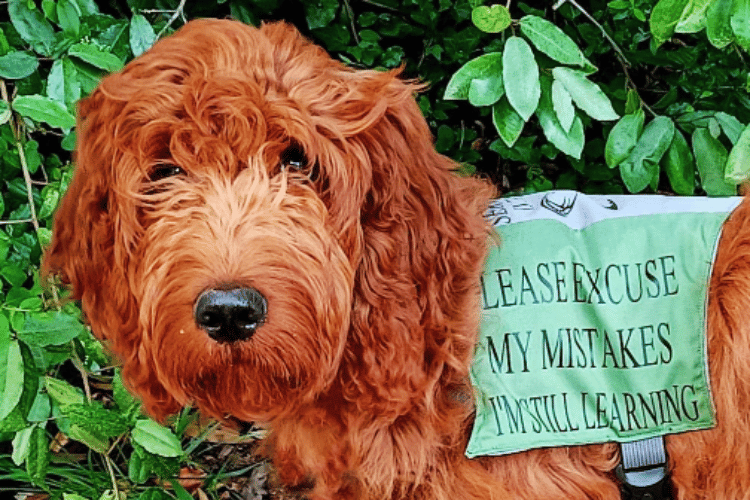
The Right Tools for the Job
Before you begin the dematting process, ensure you have the right tools. A slicker brush, a good brush for removing dead skin and loose hairs, and a comb are essential. Dog clippers with a short blade, detangling spray, and scissors may also be necessary for severe cases. In sensitive areas, a short blade can help prevent further skin irritation.
Preparing Your Dog for Grooming
Start by assessing the severity of the matting. If your dog's coat has mats across the entire body, it's time-consuming and can be painful for your pet. In such cases, consulting a professional groomer or veterinarian is advisable. If you decide to tackle the mats yourself, begin by gently petting your dog to help them relax.
The Art of Detangling
Detangling spray can be a lifesaver when dealing with matted fur. Apply it to the affected areas to help loosen mats. Start by using your fingers to gently separate the hair, working in small sections. This can help reduce pulling on the skin and make the process less painful for your dog.
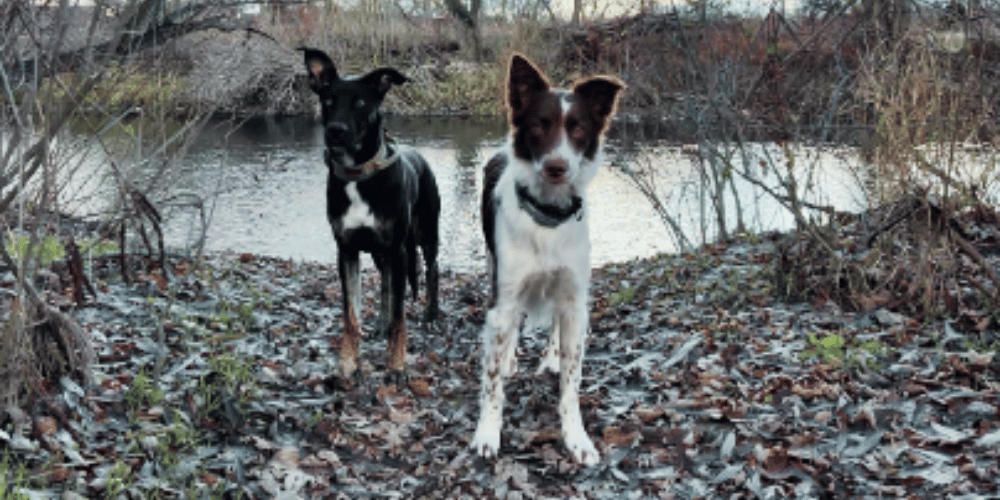
Brushing Out the Mats
Using a slicker brush, start at the ends of the hair and work your way towards the dog's skin. Brushing out mats can be a delicate process, so take your time and be gentle. If you encounter resistance, use the comb to help tease apart the tangled hair without causing discomfort.
When to Use Scissors
In some cases, the only option may be to cut out the mats. Use scissors with rounded tips to carefully snip away the matted hair, avoiding the dog's skin. Always keep the scissors parallel to the dog's body to minimize the risk of injury.
Understanding Your Dog's Skin and Coat
When it comes to grooming a severely matted dog, understanding the relationship between your dog's skin and coat is crucial. The skin is the largest organ and plays a significant role in your pet's health, while the coat protects the skin from external factors.
Mats can pull tightly on the skin, causing discomfort and potentially leading to skin conditions if not addressed. Regularly checking your dog's skin under their coat can help you spot issues early on, ensuring that your grooming efforts are not only cosmetic but also contribute to their overall well-being.
Mats can form close to the dog's skin and may hide skin irritations or infections that need medical attention. When grooming, be gentle to avoid causing any harm to your dog's skin. If you notice any redness, bumps, or signs of irritation, it's important to consult with a veterinarian. They can provide advice on how to treat any underlying skin conditions and can guide you on how to safely groom your dog without exacerbating the issue.
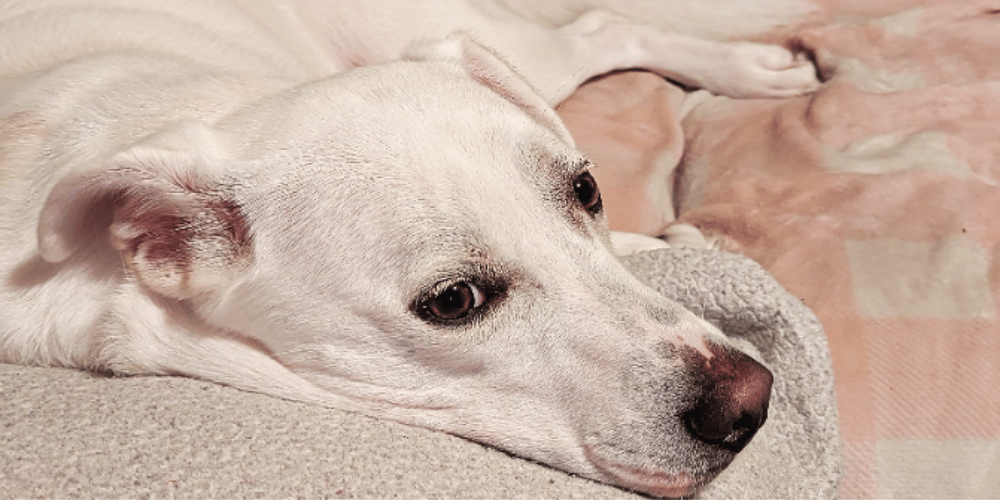
The Importance of Regular Grooming
Regular grooming is not just about keeping your dog looking good; it's a crucial aspect of maintaining your dog's skin and coat health. When you groom your dog regularly, you're not only removing dirt and debris but also inspecting their skin for any signs of irritation or infection.
This proactive approach can prevent minor issues from becoming major problems. Moreover, regular brushing distributes natural oils throughout your dog's coat, ensuring it stays shiny and healthy. It's a bonding time that your furry friend will start to look forward to, making future grooming sessions easier.
Grooming your dog can be time-consuming, but it's an investment in their well-being. For dogs with long hair, it's especially important to remove mats and tangles before they become painful and cause skin issues. By incorporating grooming into your routine, you can keep an eye on your dog's body condition, noting any changes in weight or muscle tone.
This regular check-up is invaluable for early detection of health issues. Remember, a well-groomed dog is a happier, healthier dog, and the time spent can strengthen the bond between you and your pet.
The Impact of Diet on Your Dog's Coat
Proper nutrition plays a pivotal role in the health of your dog's coat. A diet rich in essential fatty acids, particularly omega-3 and omega-6, can promote a shiny, healthy coat and improve the skin's condition.
When a dog's diet lacks these nutrients, the result can often be dry, brittle hair that is more prone to matting. Including foods or supplements that are high in these fatty acids can make a significant difference in the manageability of your dog's hair.
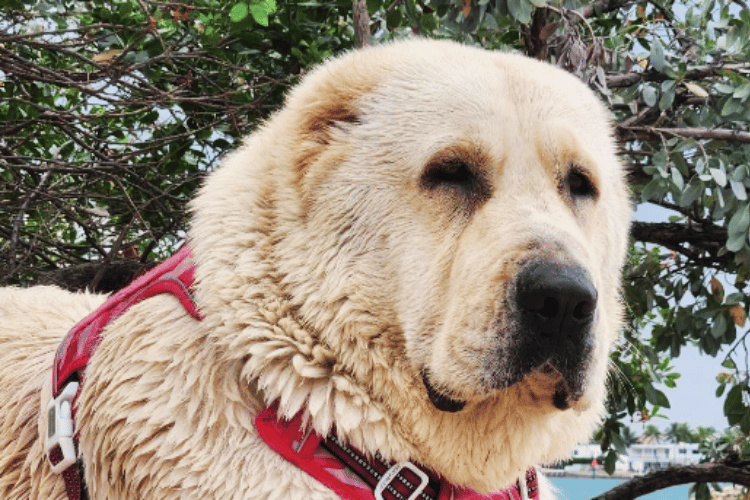
Moreover, it's not just about what your pup eats, but also how consistently they're fed. A regular feeding schedule ensures that your dog's body absorbs and utilizes nutrients efficiently, which in turn supports a healthy coat. If you notice your dog's skin and coat looking lackluster, consider consulting with a veterinarian about the best dietary options for your furry friend. They can recommend specific foods or supplements that can help in maintaining a vibrant and mat-free coat.
The Psychological Effects of Grooming on Dogs
Grooming is not just a physical necessity; it also has psychological benefits for your dog. A severely matted dog can experience discomfort and even pain, which can lead to stress and anxiety.
Regular grooming sessions provide an opportunity for you to check your dog's skin and coat for any issues, and also serve as a bonding experience. The act of brushing and detangling can be soothing for your dog, as long as it's done gently and patiently.
In addition to the calming effects, grooming can also increase a dog's social acceptance. Dogs that are well-groomed tend to be more approachable to both people and other dogs, which can lead to more positive interactions and a happier dog overall.
Remember, grooming is a time-consuming but essential part of a dog's routine, and it's important to approach it with care and consistency to ensure your pup's coat and psychological well-being are both looked after.
Grooming Challenges for Active Dogs
Active dogs often present a unique set of challenges when it comes to grooming. Their adventurous spirit means they're more likely to get dirty, wet, and matted after a long period of outdoor activities. It's important to address these challenges promptly to avoid discomfort for your dog.
After a day of play, check your dog's coat for any foreign objects like burrs or twigs that can cause mats. Also, look for any cuts or scrapes on your dog's skin that might need attention. Active dogs may require more frequent grooming sessions to keep their coat in top condition.
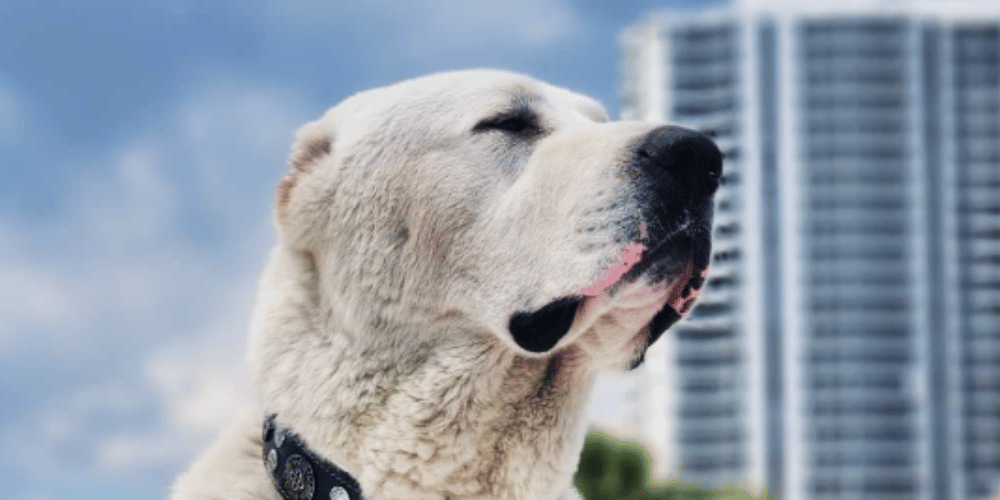
For dogs that are constantly on the move, finding the time to thoroughly remove mats can be difficult. However, neglecting this can lead to more severe matting that pulls on the dog's skin and causes pain. To manage this, consider shorter, more manageable grooming sessions focused on high-movement areas like behind the ears, under the legs, and around the collar. Keeping these areas well-trimmed can reduce the risk of matting.
Additionally, investing in a good quality water-repellent coat for your pup can help keep their coat cleaner and drier during outdoor adventures, making your grooming job a bit easier.
Grooming Tips for Long Haired Dogs
Long haired dogs are particularly prone to developing mats and tangles. Their long, flowing hair grows continuously and can quickly create tangles if not brushed regularly. To prevent mats from forming, it's essential to brush long haired dogs frequently, using the right tools designed for their specific coat type. Brushes that can reach the undercoat are particularly useful, as they help remove loose hair before it has a chance to knot with the topcoat.
For long haired breeds, establishing a grooming routine early on is key. Start by brushing your pup's coat in short sessions, gradually increasing the time as they become more comfortable with the process. Pay special attention to areas where mats commonly form, such as behind the ears, under the legs, and around the tail. By doing so, you'll help ensure that your dog's hair remains free of painful mats, and their coat stays healthy and beautiful. Remember, patience and consistency are your best tools when managing a long haired dog's grooming needs.
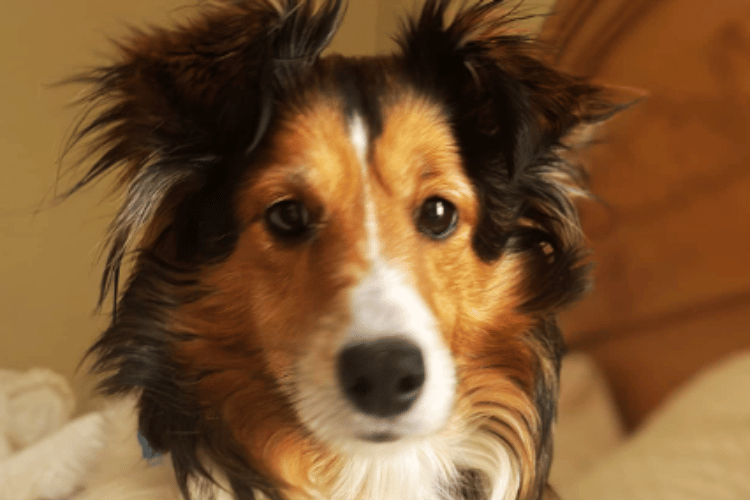
The Role of Clippers
For mats that are too tight to brush or cut out, dog clippers may be necessary. Use the shortest blade to carefully shave the matted areas, ensuring not to nick the dog's skin. Shaving should be done methodically, in the direction of hair growth, to prevent further irritation.
Bathing Your Dog
Once the mats are removed, it's time to bathe your pup. Bathing helps to remove any remaining loose hairs and soothes the skin. Use a gentle dog shampoo and pay close attention to the areas that were matted to ensure they are clean.
Drying and Final Brushing
After bathing, thoroughly dry your dog's coat. A good brush through the entire body will help remove any leftover tangles and promote healthy hair growth. Ensure the coat is completely dry before brushing to prevent new mats from forming.
Maintaining a Healthy Coat
Regular brushing is key to preventing matting. For long coats, daily brushing may be necessary, while short coats might only require weekly attention. Incorporating supplements like fish oil into your dog's diet can also promote a healthy coat and reduce the likelihood of matting.
When to Seek Professional Help
If you're uncomfortable with the grooming process or if the matting is extensive, seeking the help of a professional groomer or veterinarian is the best course of action. They have the experience and tools to handle severe cases without causing harm to your dog.
Preventing Future Matting
To prevent mats from forming in the future, keep your dog's hair short, especially in areas prone to tangling. Regular grooming sessions and checking for early signs of matting can save you and your pet from a time-consuming and potentially painful dematting process.
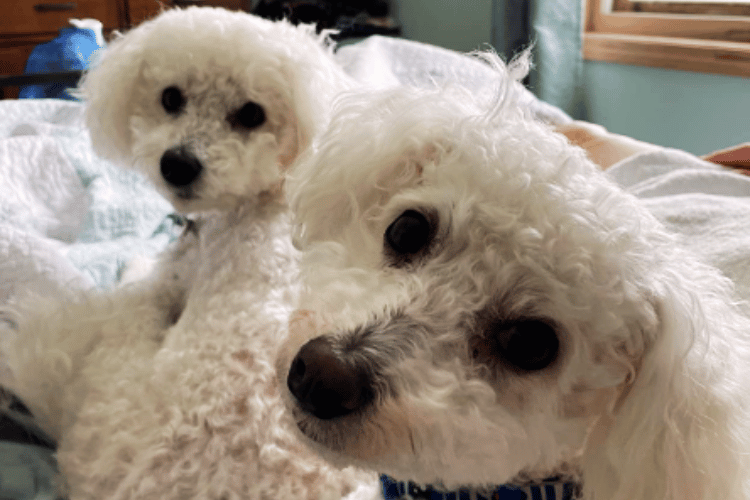
Summary
Grooming a severely matted dog requires patience, the right tools, and a gentle approach. Recognizing the signs of matting early on and maintaining a regular grooming schedule are essential for preventing mats.
When dealing with severe matting, it's important to work slowly and carefully to avoid causing pain or injury to your dog. If at any point the process becomes too challenging, do not hesitate to seek professional assistance.
FAQ Section
How often should I brush my dog to prevent matting?
The frequency of brushing depends on your dog's coat type. Long-haired dogs and those with double coats may require daily brushing, while short-haired breeds might only need weekly brushing. Always use a good brush that's appropriate for your dog's coat type.
Can I prevent matting by keeping my dog's hair short?
Yes, keeping your dog's hair short can significantly reduce the chances of matting, especially in breeds prone to tangling. Regular trims by a professional groomer can help maintain a manageable coat length.
Is it safe to cut out mats with scissors at home?
While it's possible to carefully cut out mats with scissors, it's important to use the right technique to avoid injuring your dog. Scissors should only be used as a last resort, and if you're unsure, it's best to consult a professional.
Thank you for visiting LegitLists we hope this helps you make a legitimate choice!






